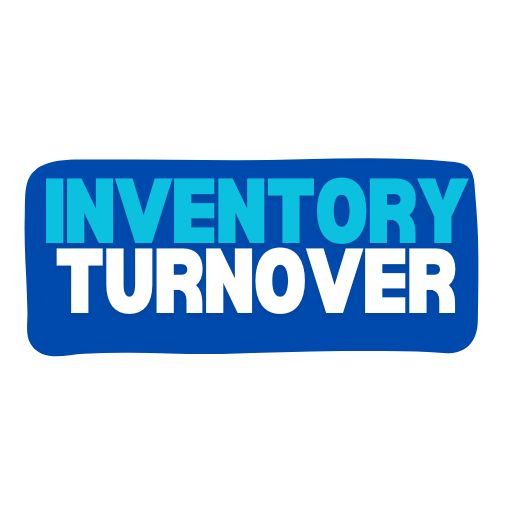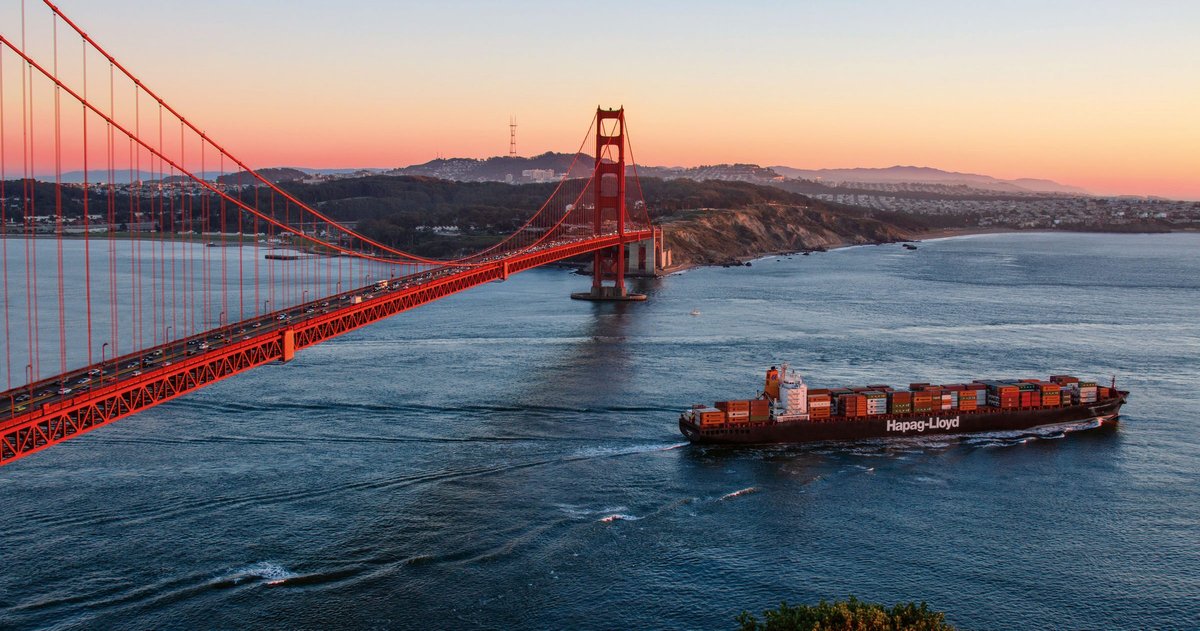No company has had it easy when it comes to navigating supply chain disruption in recent times.
Whereas risk management and resilience were once arguably taken for granted, they have been propelled into the spotlight thanks to a series of derailing global events.
As a leader in international container shipping, Hapag-Lloyd has, unsurprisingly, seen its operations impacted by everything from COVID-19 to geopolitical conflict.
Of course, the question for leadership figures has been how to anticipate and prepare for disruptions before they have a chance to wreak havoc.
Outlining the stark reality facing supply chain professionals, Ingmar Mester, Director Supplier Management and Sustainability at Hapag-Lloyd, says: “COVID really put the topic of risk management and supply chain resilience into the focus area of top management and, ever since, it hasn’t disappeared from the radar screen.
“Everybody’s expected now to have a greater level of transparency in their supply chains to be able to mitigate those risks.”
Emphasising supply chain’s rise as a priority topic at boardroom level, Ingmar continues: “Things have drastically changed over the last five or six years. It’s no longer a buyer’s market. If you deal with transport suppliers or suppliers in general it’s increasingly a seller’s market.
“Nowadays, you have limited choice and we hear every day in the news that there are shortages of critical materials, whether in pharmaceuticals, medicine or elsewhere. But the better we become at managing risk, the less it will be a focus of top management. If you’re doing a good job, they may let loose; if you’re not doing a good job, you’ll always be in C-level focus.”
The importance of visibility
It’s well documented that supply chain visibility and, by extension, supplier visibility, have naturally assumed heightened importance during this ongoing era of disruption.
With Hapag-Lloyd’s business activities taking place all over the world, Ingmar looks after a not-insignificant procurement team of more than 150 people, who each deal with several-hundred suppliers.
“It’s absolutely critical for us to know as much as possible about our suppliers,” he says. “In one of my previous roles, we would say you need to know more about your supplier than your supplier’s key account manager.”
However, when dealing with a vast pool of suppliers, Ingmar calls this “an impossible task” – unless procurement teams have the required technological tools at their disposal to gain transparency, collate useful information, create supplier profiles and provide crucial updates.
Fortunately, interest in supply chain risk management has grown largely in parallel with the remarkable rise of AI and its more advanced offshoots, not to mention big data.
Ingmar adds: “For Hapag-Lloyd, a global company with a supplier base that extends into nearly every country in the world and a limited group of procurement, you need to rely on tools that help you manage the supply chain, create transparency and eliminate the false positives.”

